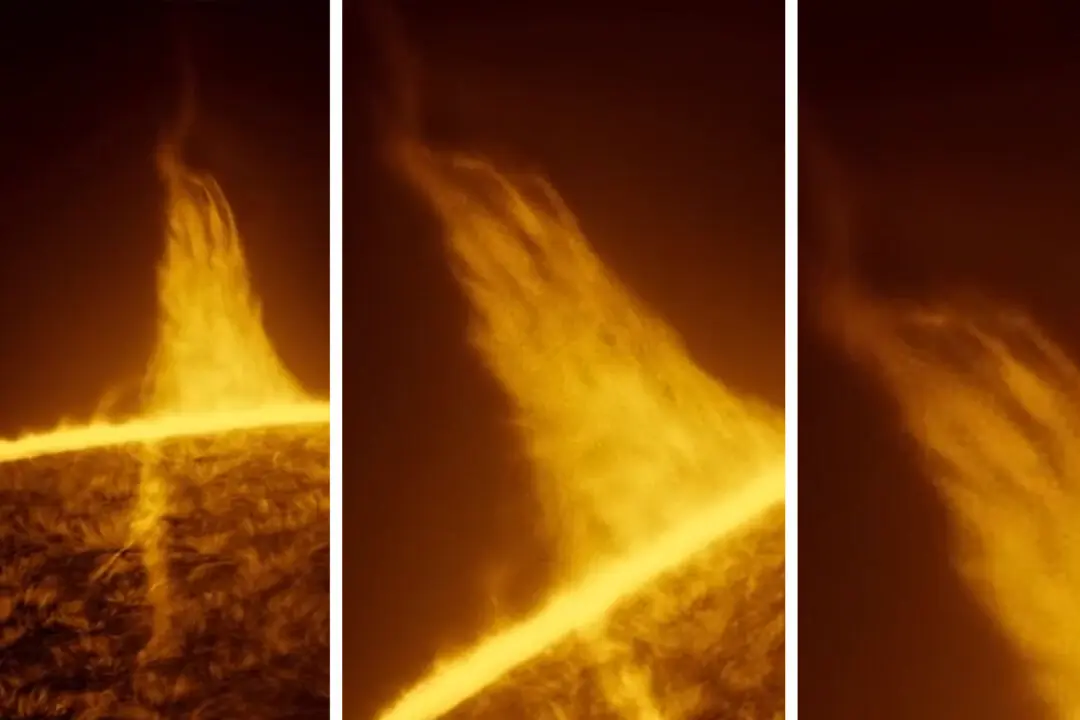One Pennsylvania woman decided to leave behind her corporate job in marketing to fulfill her dream of taking breathtaking photographs as a profession to inspire the world.
That life choice is what led photographer Mary Parkhill, based in Pittsburgh, to travel to Alaska where, while out on the water fishing for halibut and salmon, she spotted humpback whales surfacing. She was enchanted and set out to capture their sublime beauty on camera.






